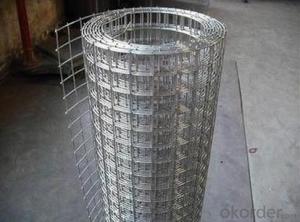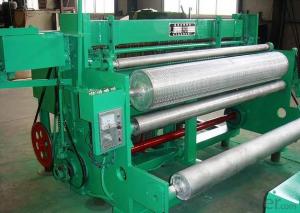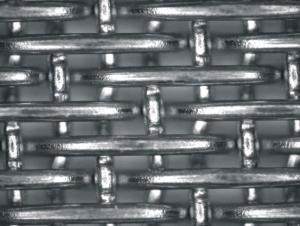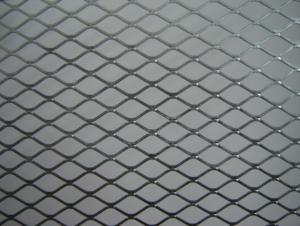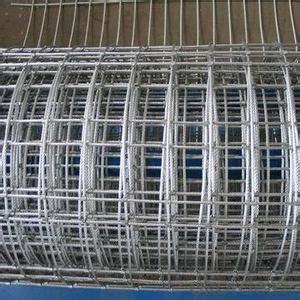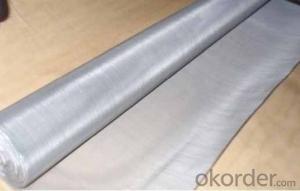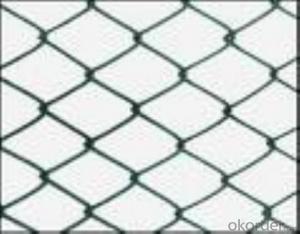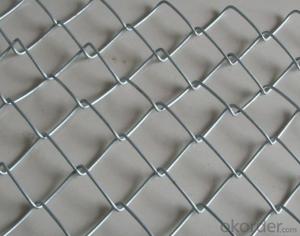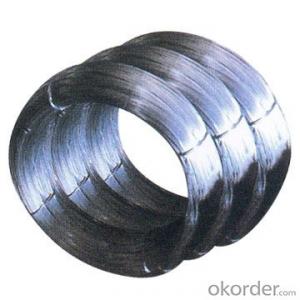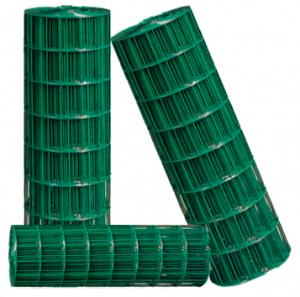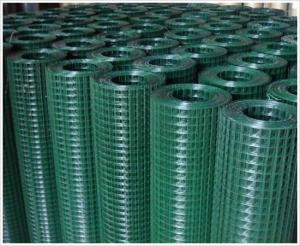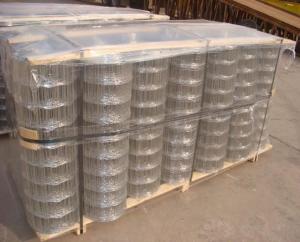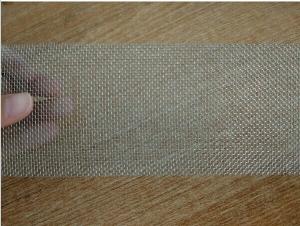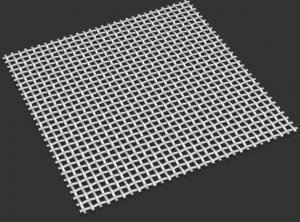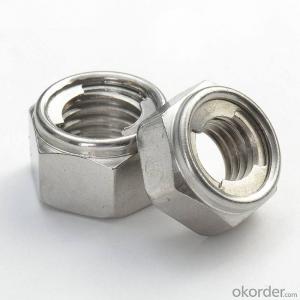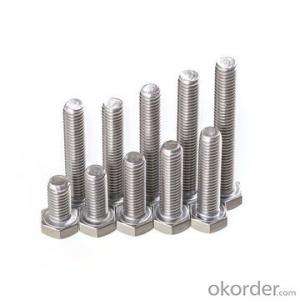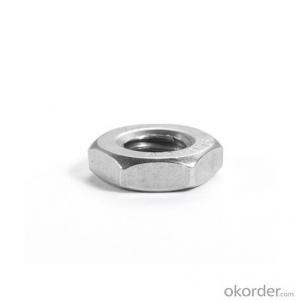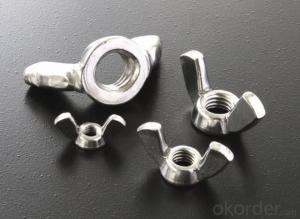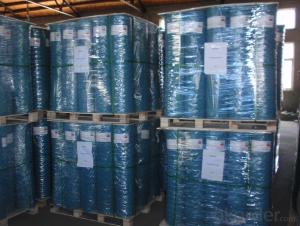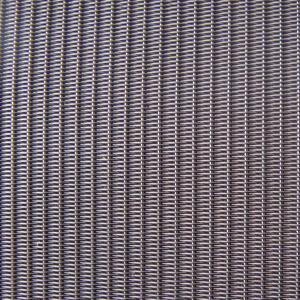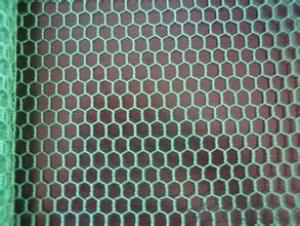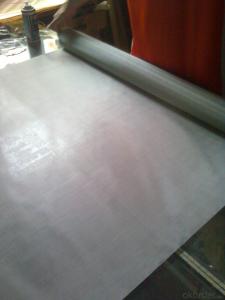Welded Wire Mesh
- Loading Port:
- China Main Port
- Payment Terms:
- TT OR LC
- Min Order Qty:
- -
- Supply Capability:
- -
OKorder Service Pledge
Quality Product, Order Online Tracking, Timely Delivery
OKorder Financial Service
Credit Rating, Credit Services, Credit Purchasing
You Might Also Like
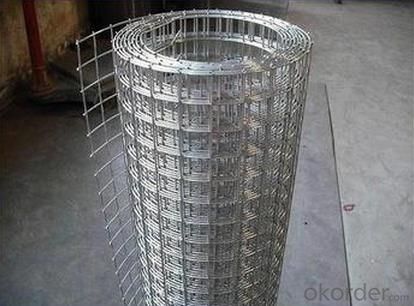
Quick Details
| Place of Origin: | Wire diameter bias maximum | Model Number: | |||
| Type: | Application: | Hole Shape: | |||
| Aperture: | Material: | Wire Gauge: | |||
| Surface Treatment: | Weave Type: | Certificates: | |||
| Aperture bias maximum:: | : | |
Packaging & Delivery
| Packaging Detail: | 50-100 pcs into a bundle on a pallet,with plastic film inside |
| Delivery Detail: | 15-25days depend on the final order quantity |
Specifications
1.ISO9001:2008,SGS,BV,CE,etc
2.12 years Factory
3.For fixing heating pipe,reinforcing concrete construction,etc
4,Galvanized
Wire Diameter(mm) | Aperture | Width(mm) | Length | |
Inch | mm | |||
2.0mm-3.2mm | 1" | 25.4 | 1200-2400 | The length does not limit |
2.0mm-4.5mm | 2" | 50.8 |
| |
2.0mm-6.0mm | 3" | 70.2 | 0.914m-2.75m | |
2.0mm-6.0mm | 4" | 101.6 | 0.914m-2.75m | |
2.0mm-6.0mm | 5" | 127 | 0.914m-2.75m | |
2.0mm-6.0mm | 6" | 152.4 | 0.914m-2.75m | |
2.0mm-6.0mm | 7" | 177.8 | 0.914m-2.75m | |
2.0mm-6.0mm | 8" | 203.2 | 0.914m-2.75m | |
- Q:Can steel wire mesh be used for elevator shafts?
- Certainly! Elevator shafts can indeed utilize steel wire mesh. This versatile material finds frequent use in construction and industrial settings due to its durability and strength. When employed within elevator shafts, steel wire mesh offers numerous advantages. First and foremost, steel wire mesh functions as a protective barrier, effectively preventing the entry of objects or debris into the elevator shaft. This is of utmost importance for maintaining a safe environment for passengers and preventing any potential accidents. Secondly, steel wire mesh serves to reinforce the structural integrity of the elevator shaft. By imparting additional support, it evenly distributes weight and stress, thereby enhancing the overall strength of the shaft and reducing the likelihood of collapse. Moreover, steel wire mesh can enclose the elevator shaft, resulting in a secure and enclosed space. This enclosure prevents unauthorized access to the shaft, ensuring the safety and security of the elevator system. Furthermore, steel wire mesh possesses fire-resistant properties, which are crucial for elevator shafts as they can often act as vertical conduits for the spread of fire. By utilizing steel wire mesh, the risk of fire propagation through the shaft can be significantly minimized. In conclusion, steel wire mesh represents a suitable and reliable material for elevator shafts, offering protection, reinforcement, security, and fire resistance. Nonetheless, it is vital to adhere to the specific requirements and regulations governing elevator shaft construction to guarantee the safety and functionality of the system.
- Q:How is steel wire mesh used in reinforcement of mining projects?
- Steel wire mesh is used in the reinforcement of mining projects by providing structural support and preventing the collapse of tunnels, shafts, and other underground structures. It helps to distribute the load evenly, enhance stability, and prevent the movement of loose rocks or debris. Additionally, steel wire mesh can reinforce the walls of mines to protect against rock falls and provide safety for miners.
- Q:What are the different load-bearing capacities of steel wire mesh?
- The load-bearing capacities of steel wire mesh can vary depending on various factors such as the diameter and gauge of the wire, the mesh size, and the type of steel used. Generally, steel wire mesh is known for its high strength and durability, making it suitable for a wide range of load-bearing applications. For smaller and lighter load requirements, such as fencing or decorative applications, steel wire mesh with a lower gauge and smaller diameter wire may suffice. These meshes can typically withstand moderate amounts of pressure and weight without deformation or failure. In contrast, for heavy-duty applications where larger loads are involved, such as industrial flooring or bridge construction, steel wire mesh with a higher gauge and thicker diameter wire is commonly used. These meshes are designed to withstand significant loads and provide structural support, ensuring the safety and stability of the infrastructure. It's important to note that load-bearing capacities can also be influenced by the mesh size. Smaller mesh sizes generally offer higher load-bearing capacities due to the increased number of intersecting wires, distributing the load more evenly across the mesh. Additionally, the type of steel used in the wire mesh can affect its load-bearing capacity. Different types of steel, such as mild steel or high tensile steel, have varying strength properties, impacting their ability to bear loads. High tensile steel wire mesh, for example, tends to have a higher load-bearing capacity than mild steel mesh due to its increased strength. Ultimately, the specific load-bearing capacity of steel wire mesh should be determined based on the intended application and the anticipated load requirements. Consulting with a professional engineer or referring to industry standards and specifications can help ensure the appropriate selection of steel wire mesh for a particular load-bearing application.
- Q:Can steel wire mesh be used for light fixtures?
- Yes, steel wire mesh can be used for light fixtures. Steel wire mesh is a versatile material that can be shaped and molded into various forms, including light fixtures. It offers a unique and industrial aesthetic that is popular in modern and contemporary designs. Additionally, steel wire mesh is durable and can withstand heat, making it suitable for light fixtures that require high temperatures. It is also easy to clean and maintain, making it a practical choice for light fixtures in commercial and residential settings. Overall, steel wire mesh can be an excellent choice for creating visually appealing and functional light fixtures.
- Q:What are the different panel thickness options available for steel wire mesh?
- The specific application and requirements can cause variations in the available panel thickness options for steel wire mesh. Typically, there is a range of thicknesses for steel wire mesh panels, including 1/4 inch, 3/8 inch, 1/2 inch, and 5/8 inch, with the latter being the most common. Several factors influence the selection of panel thickness, such as the desired strength and durability of the mesh, the level of security or containment needed, and the intended use of the mesh. Thicker panels offer greater strength and rigidity, making them suitable for applications that require strong structural integrity and resistance to impact or pressure. Conversely, thinner panels may suffice for lighter-duty applications or situations where flexibility and ease of installation are more important. These thinner panels are commonly used in non-structural applications like decorative fencing, window guards, or partitions. It is important to note that different manufacturers or suppliers may provide additional or customized panel thickness options beyond the mentioned standard range. It is advisable to seek advice from a knowledgeable professional or supplier who can assist in determining the most appropriate panel thickness for a specific project based on its unique requirements and limitations.
- Q:What are the different wire mesh shapes available in steel wire mesh?
- Some different wire mesh shapes available in steel wire mesh include square, rectangular, hexagonal, diamond, and woven wire mesh.
- Q:Is steel wire mesh suitable for use in electrical enclosures and panels?
- Steel wire mesh is indeed a suitable option to employ in electrical enclosures and panels. Renowned for its durability and strength, steel wire mesh emerges as an outstanding choice to ensure the safety and security of electrical components. It effectively shields against physical harm, such as impact or unintended contact, while simultaneously permitting appropriate ventilation and airflow. Moreover, steel wire mesh boasts resistance to corrosion, a crucial attribute for preserving the integrity and endurance of electrical enclosures and panels. In conclusion, steel wire mesh presents a dependable resolution for enclosing and protecting electrical equipment.
- Q:How is steel wire mesh used in the automotive recycling industry?
- Steel wire mesh is commonly used in the automotive recycling industry for various purposes such as separating different materials, reinforcing structures, and protecting valuable components during the recycling process. It is commonly utilized as a screening material to separate different sizes of shredded materials, ensuring efficient sorting and recovery of recyclable metals. Additionally, steel wire mesh is often used to reinforce concrete structures in automotive recycling facilities, providing enhanced strength and durability. Moreover, it is also utilized as protective barriers or covers to shield valuable components or prevent debris from causing damage during the recycling process.
- Q:Can steel wire mesh be used for automotive applications?
- Yes, steel wire mesh can be used for automotive applications. It is commonly used in automotive manufacturing for various purposes such as reinforcing parts, protecting radiators, or acting as a barrier in certain areas.
- Q:Is steel wire mesh suitable for ballast or retaining walls?
- Steel wire mesh is not typically suitable for ballast or retaining walls on its own. Ballast and retaining walls require materials that have sufficient strength, durability, and stability to withstand the forces exerted on them. While steel wire mesh can be used as a reinforcing material in combination with other materials, such as concrete, it is not typically used as the primary material for ballast or retaining walls. For ballast walls, which are used to support tracks or roadbeds, materials such as crushed stone or gravel are commonly used. These materials provide stability and drainage while ensuring the proper distribution of load and forces. Retaining walls, on the other hand, are designed to hold back soil or other materials and require materials with high structural integrity. Steel wire mesh alone may not have the necessary strength and stability to support the lateral pressure exerted by the retained material. However, steel wire mesh can be used as a reinforcement within a retaining wall structure, typically in combination with concrete or other materials, to enhance its strength and stability. In summary, while steel wire mesh can play a role in the construction of ballast or retaining walls as a reinforcing material, it is not typically suitable as the primary material for these types of structures due to its limited strength and stability.
1. Manufacturer Overview |
|
|---|---|
| Location | |
| Year Established | |
| Annual Output Value | |
| Main Markets | |
| Company Certifications | |
2. Manufacturer Certificates |
|
|---|---|
| a) Certification Name | |
| Range | |
| Reference | |
| Validity Period | |
3. Manufacturer Capability |
|
|---|---|
| a)Trade Capacity | |
| Nearest Port | |
| Export Percentage | |
| No.of Employees in Trade Department | |
| Language Spoken: | |
| b)Factory Information | |
| Factory Size: | |
| No. of Production Lines | |
| Contract Manufacturing | |
| Product Price Range | |
Send your message to us
Welded Wire Mesh
- Loading Port:
- China Main Port
- Payment Terms:
- TT OR LC
- Min Order Qty:
- -
- Supply Capability:
- -
OKorder Service Pledge
Quality Product, Order Online Tracking, Timely Delivery
OKorder Financial Service
Credit Rating, Credit Services, Credit Purchasing
Similar products
New products
Hot products
Hot Searches
Related keywords
